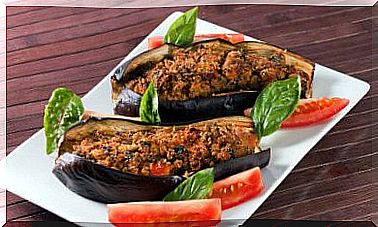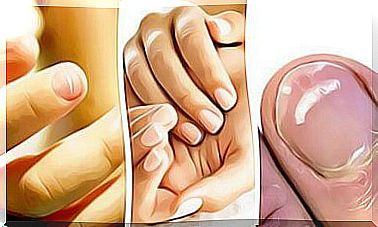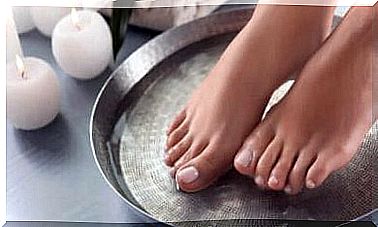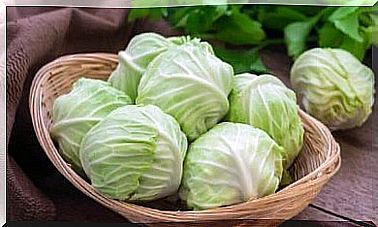Bee Stings – 8 Home Remedies
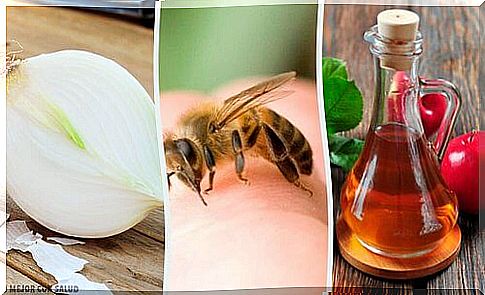
We spend more time outside the home in summer and spring. Going to the park, beach or outside often exposes us to mosquito bites and insects, which are more at this time due to the high temperatures. So, knowing how to treat bee stings seems mandatory during this period.
Bee and wasp stings are situations. which terrify us most. Both insects are known to be painful bites, also because the vast majority of people are allergic to them. However, not all people have the same symptoms or reactions to a sting.
If you are planning to go on vacation to the forest, we recommend that you do some research and prepare yourself. The following home remedies are effective to soothe bee stings and should therefore be within reach at all times. It’s best to take notes and put it in your home medicine cabinet.
How do you know if you are allergic to bee stings?
The bee stings leave a slight swelling in the affected area and a light color all around. You may have more symptoms, such as pain, itching, and slight redness.
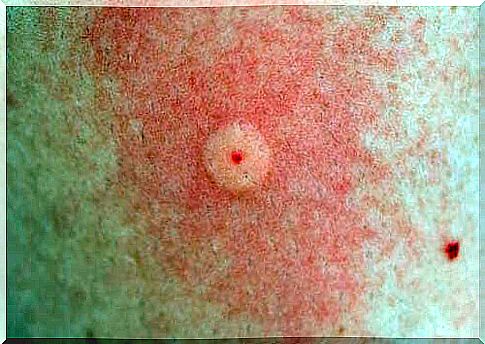
Allergy sufferers usually experience much more intense and complex symptoms. Among other things, the most common may occur:
- Inflammation of the lips, tongue and throat.
- Tachycardia
- Redness of the area.
- Nausea
- Vomiting
- Diarrhea
- Breathing problems
- Severe itching
- Anxiety
- Increased heart rate
It is important to remember that symptoms vary widely. Depending on the person and the number of bees that have stung that person, reactions can vary.
Such numerous symptoms usually occur when the bee stings have been numerous. Therefore, people attacked by a swarm must immediately go to the emergency room, since the venom of this insect can even become deadly.
What to do after a bee sting?
Following a sting, a bee inserts a sting into the victim’s body that contains the poison. It causes allergic reactions and inflammation in the area around the bite, as well as its subsequent redness. To soothe bee stings, you need to follow certain steps that will help you recover faster and more effectively:
1. Remove the stinger
The first thing to do after a bee sting is to remove the sting from the skin. This is best done with tweezers, but you can also do it with your own hands. In this case, they should be washed quickly to avoid infection.
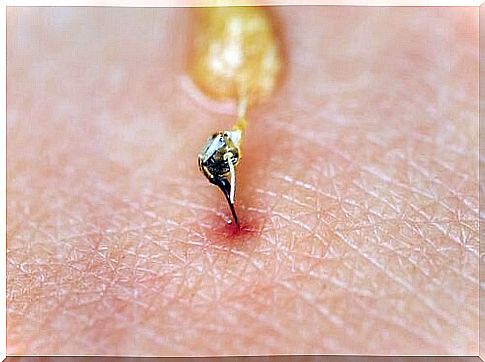
2. Assess the symptoms of an allergic reaction
The bee stings cause an almost immediate reaction. Therefore, if you are allergic, you will start experiencing symptoms very quickly.
You need to be very vigilant if you have trouble breathing or swallowing, or if you experience hives, dizziness or swelling in any other part of the body, mainly the face. In this case, it is imperative to see a doctor immediately so that he can properly treat the bite before more serious symptoms develop.
3. Disinfect the area
Wash the sting site with water and a neutral soap to prevent dirt or bacteria from entering the area.
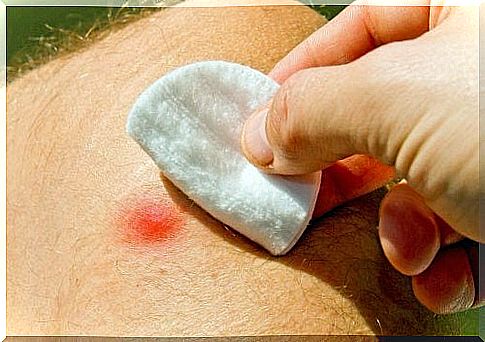
4. Take painkillers
If you are fortunate enough to be allergic, you can use a pain reliever such as acetaminophen or ibuprofen to help ease the pain caused by the bite. If you are not in pain, you can skip this step.
Home remedies for treating bee stings
After taking the steps above and making sure there is no danger left, you only need to deal with the pain and inflammation. This last symptom can become really annoying and may last for several weeks.
The good news is that without the need for medications, you can combat these unpleasant consequences with highly effective remedies and home remedies:
1. Ice
Apply ice on the affected area with a cloth to prevent irritation. The cold will reduce pain as well as swelling.
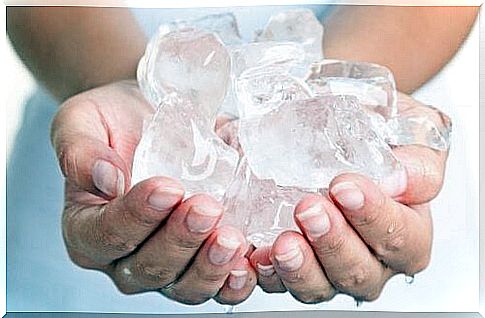
2. Deodorant
The deodorant is great for relieving the symptoms of a bee sting. You should spread the deodorant over the bite site and let it dry.
3. Toothpaste
Another great product for relieving pain and swelling. Put a small amount of toothpaste on the reddened area, then spread it over and let it dry.
4. Apple cider vinegar
While many people may be surprised, apple cider vinegar is also a medicine used to treat bee stings. You just need to put a few drops on the bite to reduce the swelling.
5. Potatoes
Common nutrients such as potatoes can be used. Cut a piece of potato and place it on the sore spot. Then leave it for a few minutes to relieve pain symptoms.

6. Onion
As with potatoes, you need to slice a slice of onion and place it in this area. Then leave it for a few minutes.
7. Garlic
Of course, garlic offers many benefits for our well-being. To use it on bee stings, cut the garlic lengthwise and brush the sore area. This will help relieve pain, swelling, and itching.
8. Lemon
Apply a few drops of freshly squeezed lemon directly to the bite to neutralize poison and possible infection.
For both children and adults, it’s always a good idea to have natural solutions on hand to react quickly to bee stings. Especially if you are planning a day outdoors, try to prepare for this situation.
